Simunul Island | A Visit to the Oldest Mosque in the Philippines
Located in the southern part of the Philippines, in the province of Tawi-Tawi, Simunul Island is a hidden gem that offers a unique cultural and historical experience. This small, quiet island in the Sulu Sea is the site of Sheik Karimul Makhdum Mosque, the oldest mosque in the Philippines and a symbol of the country’s Islamic heritage.
The island may not be as well-known as other tourist destinations, but for history enthusiasts and those interested in the cultural diversity of the Philippines, Simunul is a must-visit.
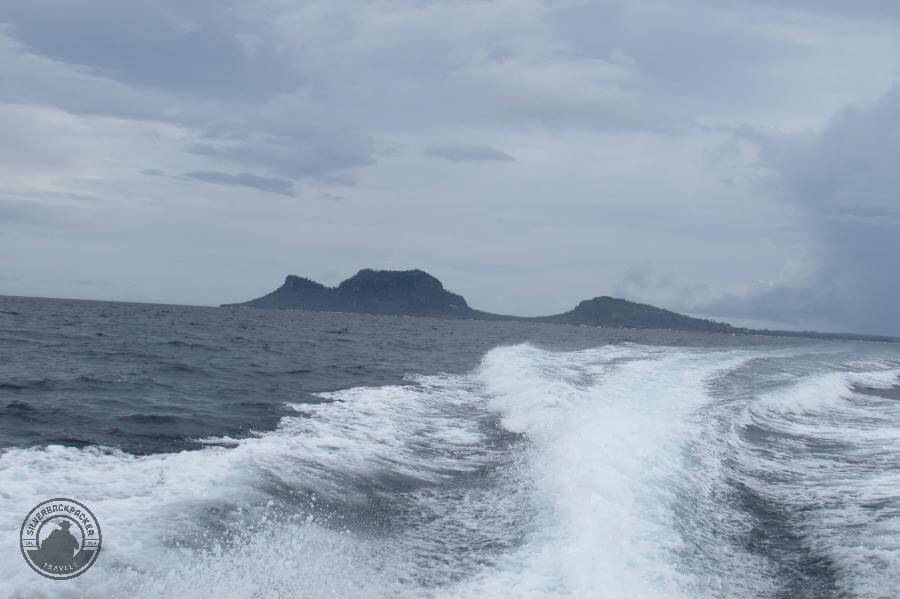
A Brief History of Simunul Island
Simunul Island is part of the Tawi-Tawi archipelago, located in the southwestern corner of the Philippines, closer to Malaysia than the country’s capital, Manila. Tawi-Tawi is a province with a predominantly Muslim population and is considered the cradle of Islam in the Philippines. Simunul, in particular, holds an important place in Philippine history due to its role in the spread of Islam.
In 1380, Sheikh Karimul Makhdum, an Arab trader and missionary, arrived on Simunul Island from Malaysia. His mission was to spread Islam among the native people of the region. Upon his arrival, Sheikh Makhdum established the first mosque in the Philippines, which still stands today as the Sheik Karimul Makhdum Mosque.
Over the centuries, Islam spread from Simunul to other parts of Mindanao, shaping the cultural and religious landscape of the southern Philippines. Although the mosque has been rebuilt and renovated over time, its significance as the oldest Islamic place of worship in the country remains. Today, Simunul is not only a religious site but also a symbol of the long history of Islam in the Philippines.
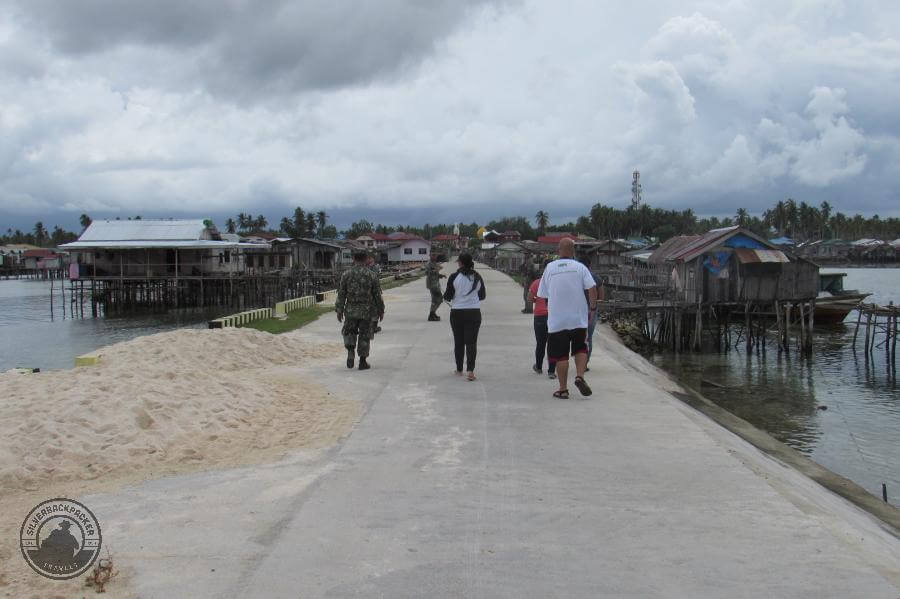
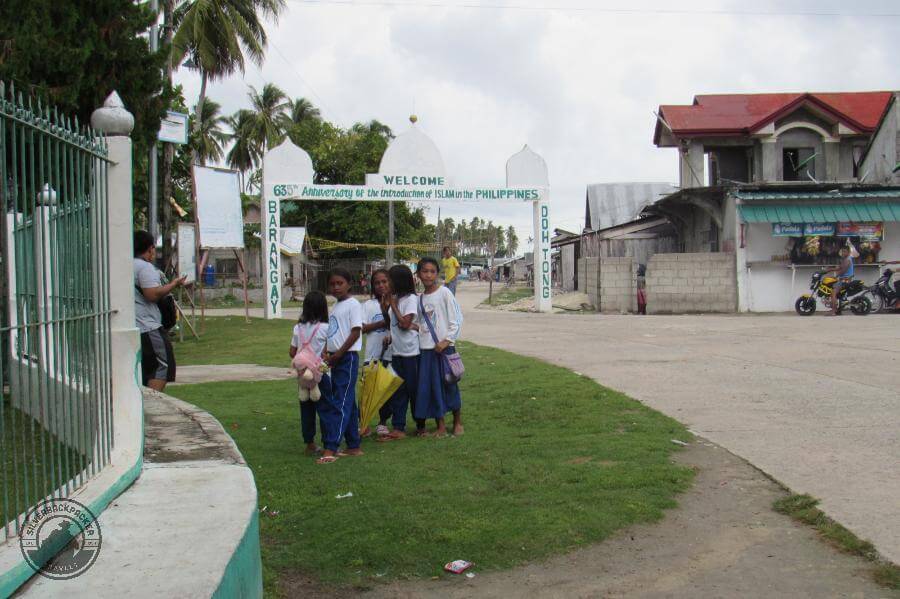
The Sheik Karimul Makhdum Mosque: A Historic Landmark
The Sheik Karimul Makhdum Mosque is the island’s main attraction and a testament to the enduring influence of Islam in the Philippines. While the original structure, built over 600 years ago, has been replaced, the mosque is still considered one of the most important historical and religious sites in the country.
The mosque is modest in size, reflecting the simplicity of the early Muslim settlers, but its spiritual significance is immense. Four original wooden pillars from the mosque’s early days are still preserved, and these pillars are revered by both the local Muslim community and visitors alike. The mosque has undergone renovations over the centuries, with modern elements added to ensure its preservation. However, the mosque’s historical essence and deep spiritual value have been carefully maintained.
A visit to the Sheik Karimul Makhdum Mosque offers a chance to not only appreciate its historical importance but also experience the strong sense of faith that continues to thrive on the island. The mosque remains an active place of worship for the local Muslim community, and visitors can observe the daily prayers and rituals that have been carried out here for centuries.
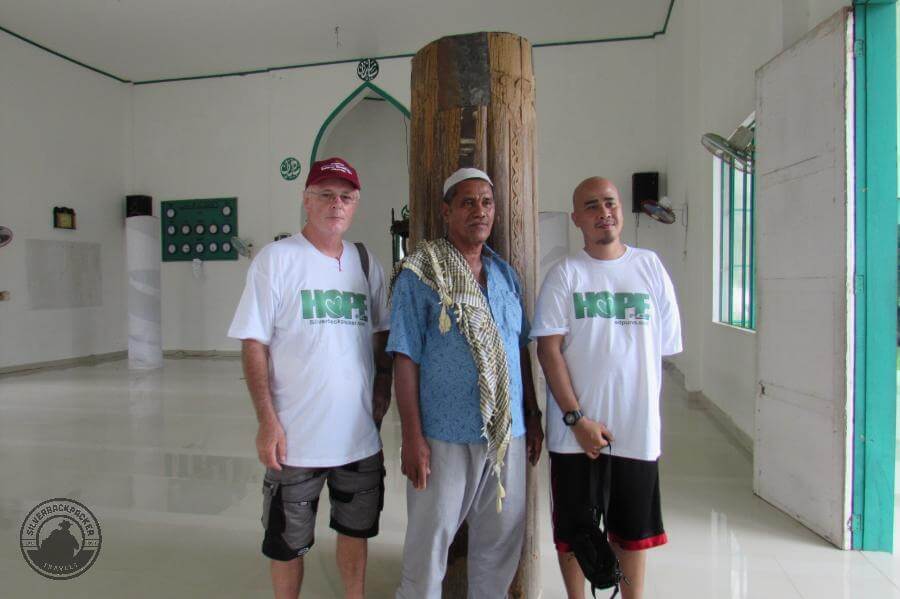
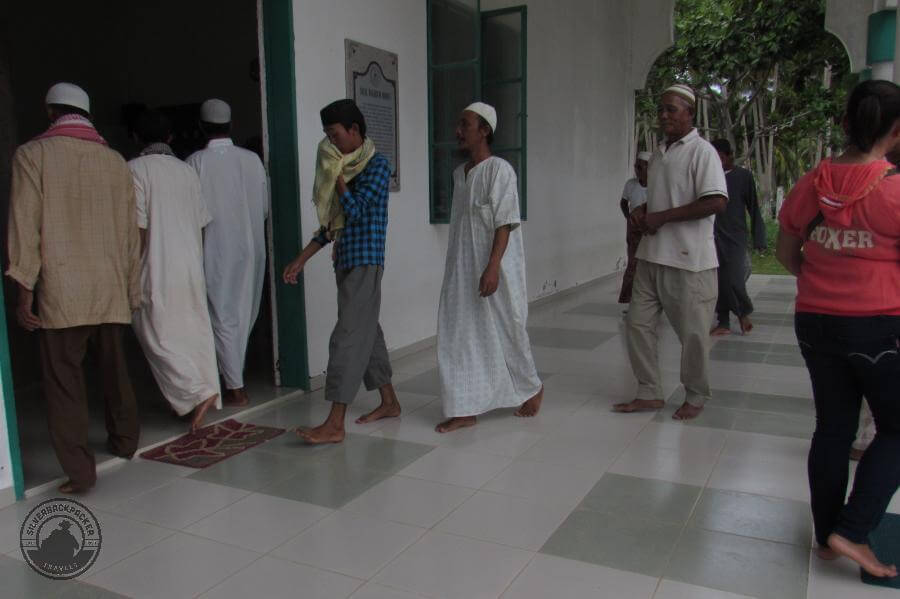
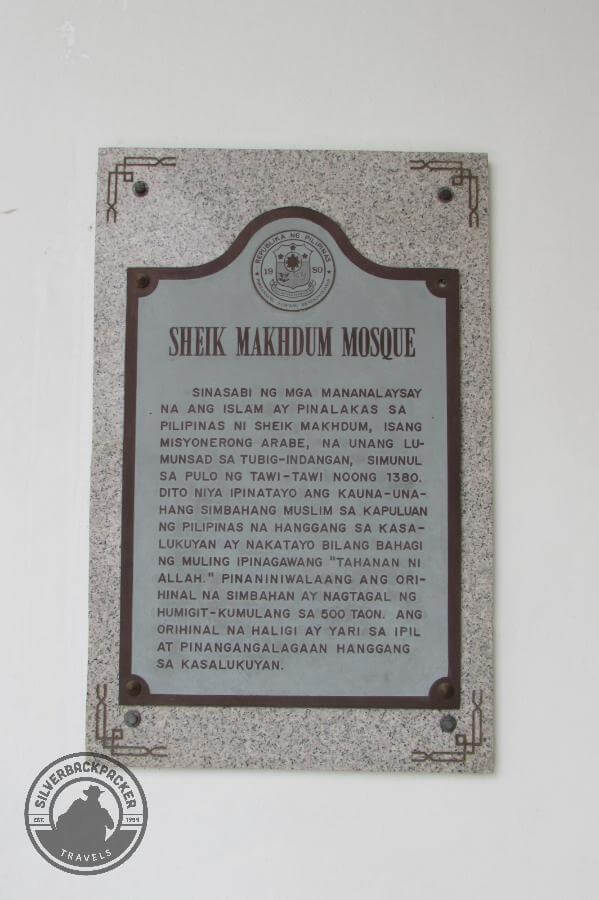
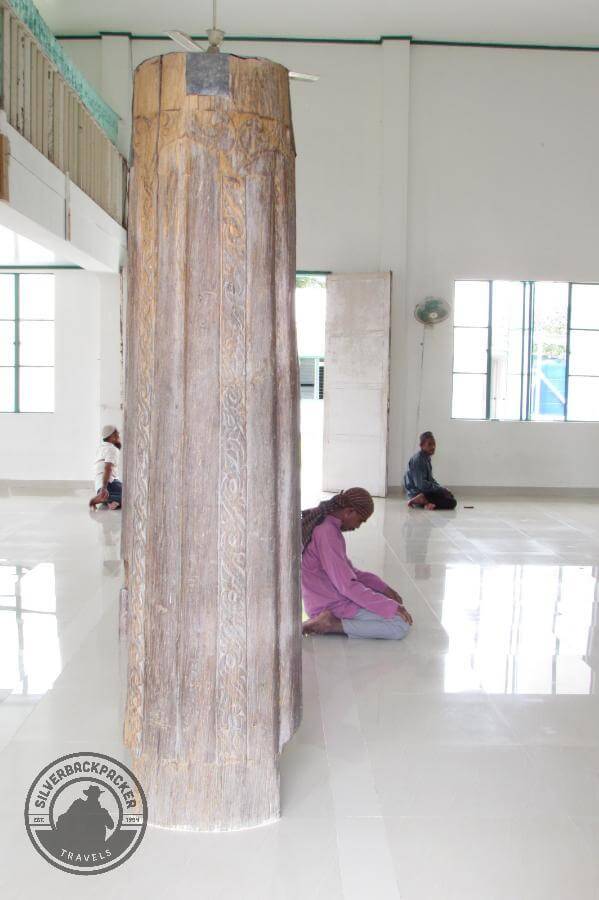
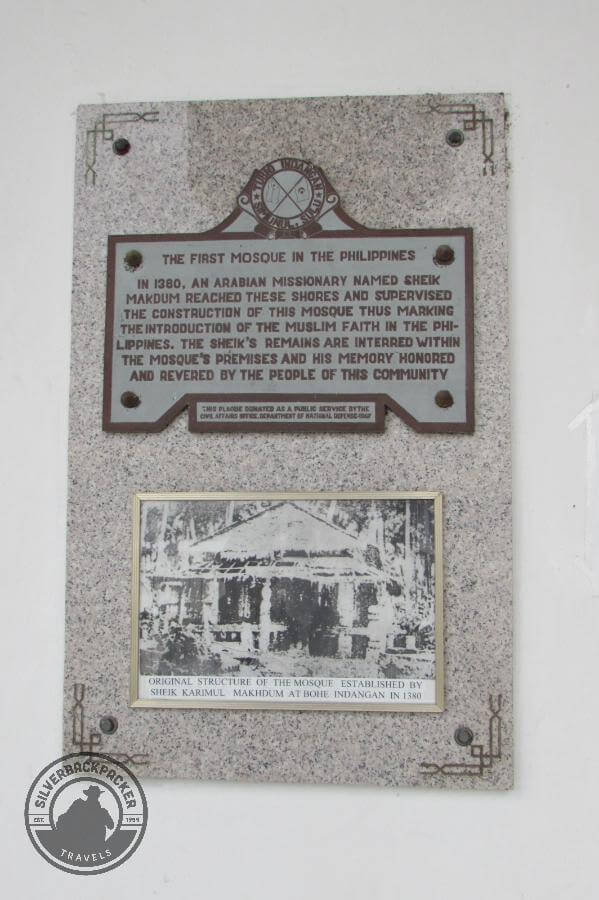
The Island Life and Culture of Simunul
Simunul Island is a far cry from the bustling, tourist-heavy islands of the Philippines like Boracay or Palawan. It is a peaceful and relatively undeveloped island, where the local way of life is simple and closely tied to the sea. The island is home to a small community of Sama-Badjao and Tausug people, who have preserved their traditional customs and practices.
The Sama-Badjao, or “sea gypsies,” are an indigenous ethnic group known for their seafaring skills and their traditional stilt houses, which can be seen along the coastlines of Simunul. Many families on the island still rely on fishing as their primary source of income, and the fishing boats dotting the shores are a common sight.
Despite its remote location, the people of Simunul are warm and welcoming to visitors, especially those interested in learning about their culture and history. The locals take great pride in the island’s heritage as the birthplace of Islam in the Philippines, and they are more than happy to share stories about the mosque and its significance.
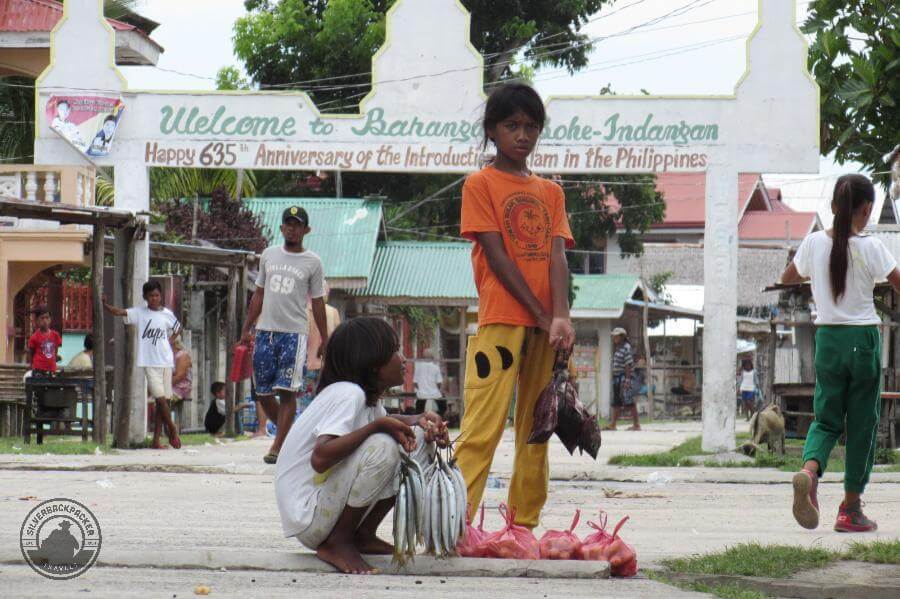
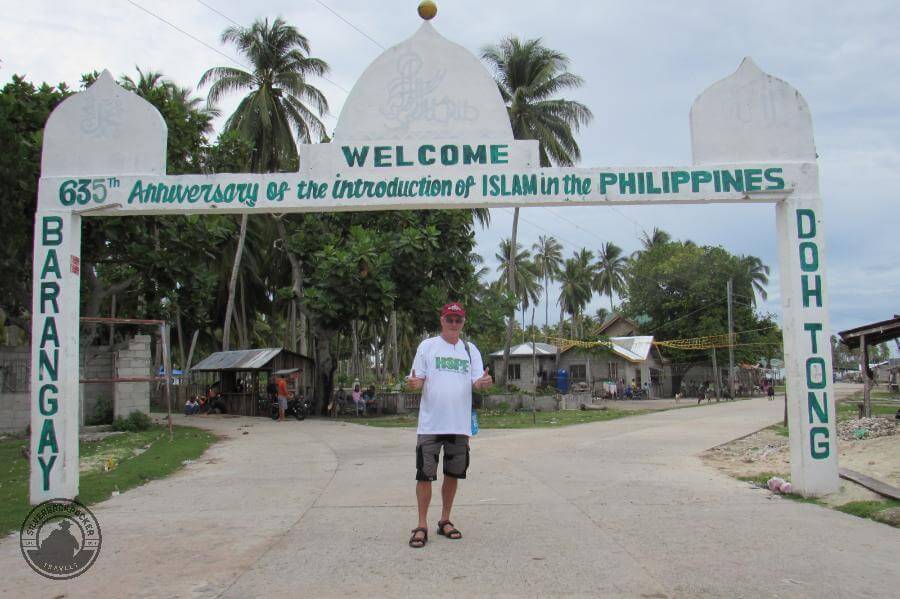
Things to Do on Simunul Island
While the Sheik Karimul Makhdum Mosque is undoubtedly the island’s main attraction, there are several other things to do and see on Simunul for those who want to spend more time exploring this peaceful island.
1. Explore the Coastal Villages
Simunul’s coastal villages offer a glimpse into the everyday life of the island’s residents. You can take a leisurely walk along the coastline and visit the traditional Bajau stilt houses, which are built over the water. These unique homes, elevated on wooden stilts, have been the hallmark of the Bajau people’s lifestyle for generations. Many of the local villagers are happy to engage with visitors and share stories about their way of life, fishing techniques, and the challenges they face living on the sea.
2. Enjoy the Beaches
The island is blessed with beautiful, unspoilt beaches, where you can relax and enjoy the tranquil surroundings. The crystal-clear waters and soft sand make it an ideal spot for swimming or simply soaking up the sun. The beaches here are far less crowded than those in more touristy areas of the Philippines, giving you a true sense of peace and relaxation.
3. Snorkelling and Diving
The waters around Simunul Island are teeming with marine life, making it a great spot for snorkelling and diving. The coral reefs are home to a variety of tropical fish, and the underwater scenery is stunning. While the island may not have formal dive shops or organised tours, local fishermen can often be hired to take visitors out to the best snorkelling and diving spots around the island.
4. Cultural Immersion
For those interested in a deeper cultural experience, consider spending time with the locals and learning about their traditional music and dances. The Sama-Badjao and Tausug people are known for their rich cultural heritage, including their unique instruments like the kulintang (a type of gong), and their traditional dances. Some communities may offer cultural performances or invite visitors to participate in local celebrations.
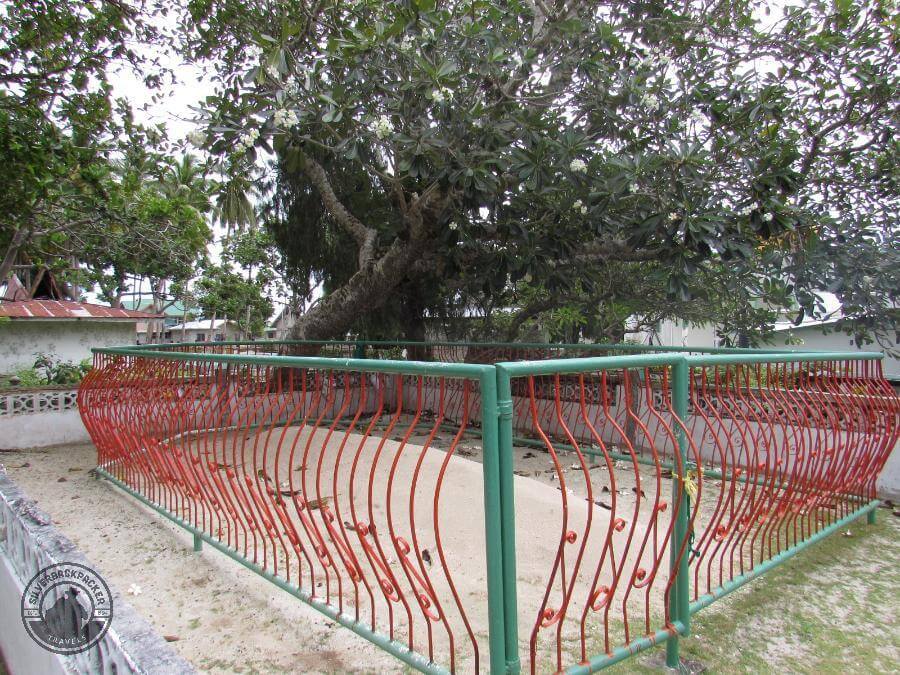
The Future of Simunul Island
Simunul Island, while relatively remote and underdeveloped, has the potential to become an important cultural tourism destination in the Philippines. In recent years, the local government and various cultural organisations have made efforts to promote Simunul’s heritage, particularly its status as the home of the oldest mosque in the country.
Preserving the island’s natural beauty and cultural significance while promoting sustainable tourism is a delicate balance that the local community is striving to achieve. The mosque itself has been recognised as a National Historical Landmark, and there are ongoing initiatives to ensure its preservation for future generations.
As more travellers become interested in off-the-beaten-path destinations and cultural tourism, Simunul Island’s unique combination of history, culture, and natural beauty will likely draw more visitors. However, the island’s remote location and limited infrastructure mean that it will continue to offer a peaceful and authentic experience, free from the commercialisation seen in other parts of the Philippines.
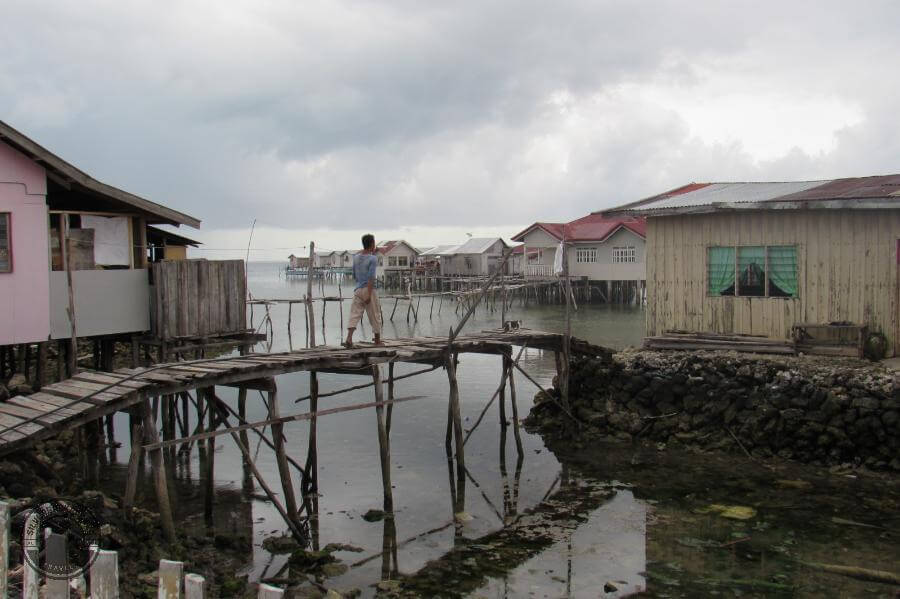
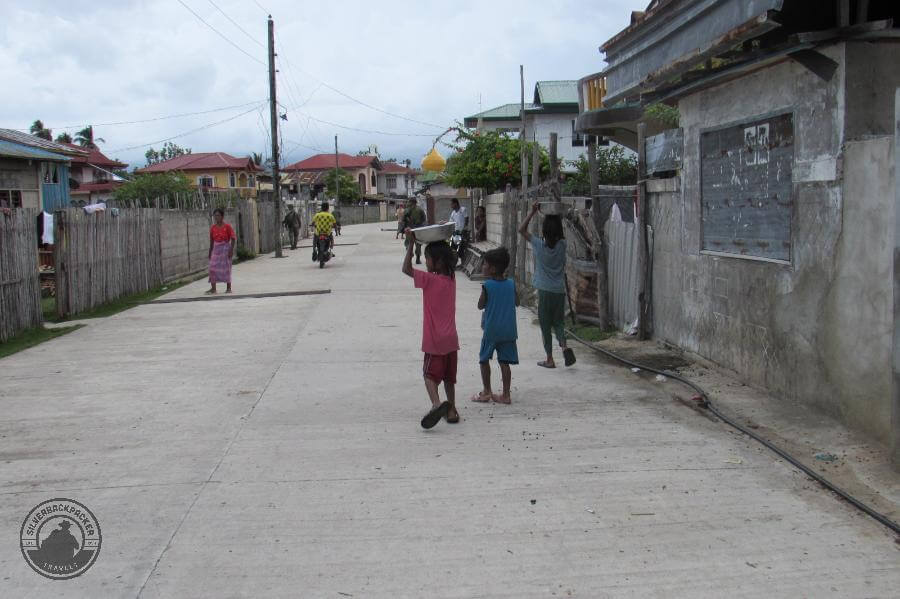
A visit to Simunul Island is a journey into the heart of the Philippines’ Islamic heritage. The island’s quiet charm, the historic Sheik Karimul Makhdum Mosque, and the warm hospitality of its people make it a destination like no other.
Whether you’re a history enthusiast, a cultural traveller, or simply looking for a peaceful escape, Simunul Island offers a unique and enriching experience. Have you been to Simunul Island? Tell us about your experience in the comments below !!!!
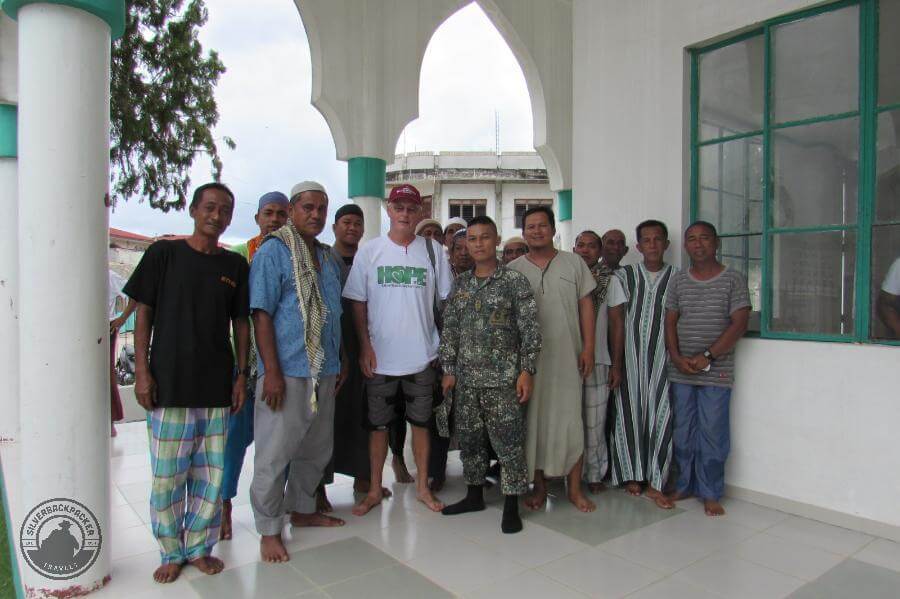

Getting to Simunul Island
Reaching Simunul Island requires a bit of an adventurous spirit. The island is located in the southernmost region of the Philippines, and there are no direct flights or major transport links to the island itself. However, this isolation is part of the island’s charm, as it remains largely untouched by mass tourism. To get to Simunul, you will first need to travel to Tawi-Tawi, the province’s main island.
The easiest way to reach Tawi-Tawi is by flying from Zamboanga City to Bongao, the provincial capital. There are daily flights operated by local airlines, and the flight takes around two hours. From Bongao, it’s a short boat ride to Simunul Island. Local boats, known as bangkas, ferry passengers between the islands regularly, and the journey typically takes about an hour, depending on weather conditions.
The boat ride itself offers stunning views of the turquoise waters of the Sulu Sea and the surrounding islands. While the journey to Simunul may take some effort, the reward is a visit to one of the Philippines’ most historically significant sites in a tranquil and picturesque setting.
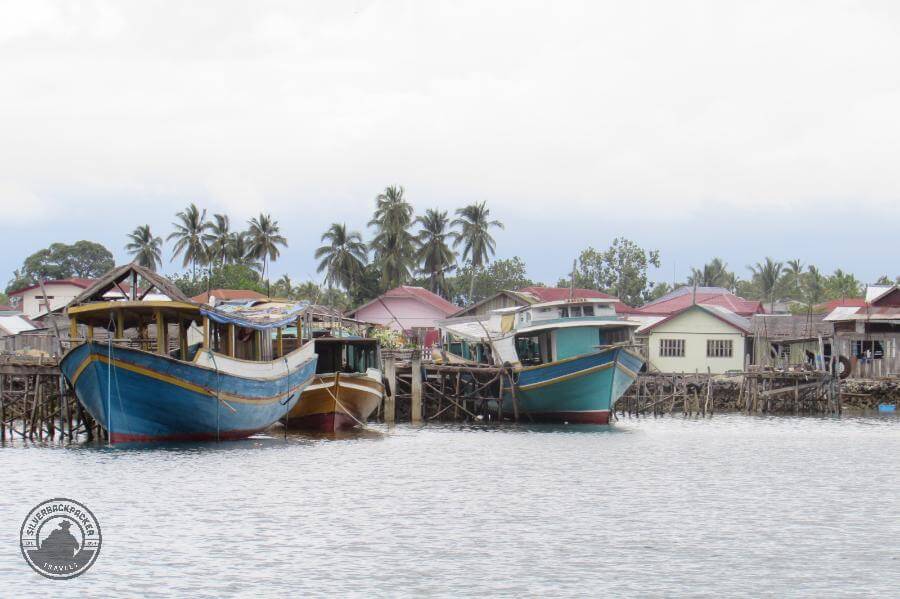

Check Out These Related Posts
Capilay Spring Park – San Juan, Siquijor
Follow Silverbackpacker for more of his Travels
Facebook @silverbackpacker | Instagram @silverbackpacker Twitter @silverbackpaker | Pinterest @silverbackpaker Audere Est Facere – Silverbackpacker.com – To Dare is To Do
Affiliate Disclaimer: Links on this website may be affiliate links that could result in us receiving compensation when you purchase a product or service from that link. You do not pay any extra fees for these items. This helps us to keep this website going. Thank you for your support.
Disclaimer | Privacy Policy | Cookie Statement © All Rights Reserved

